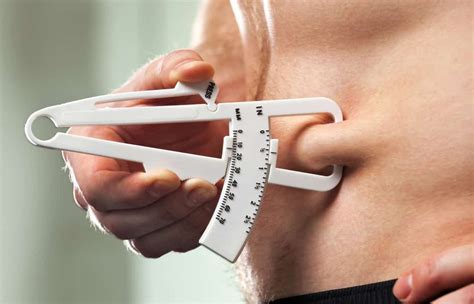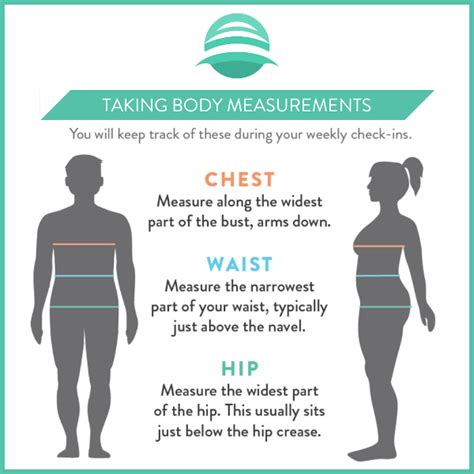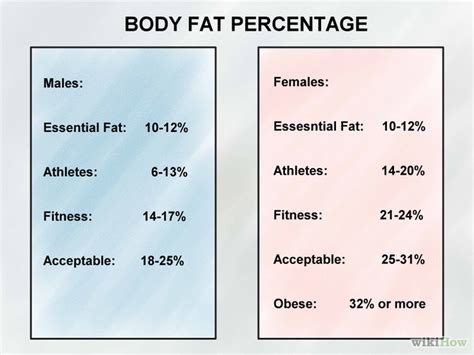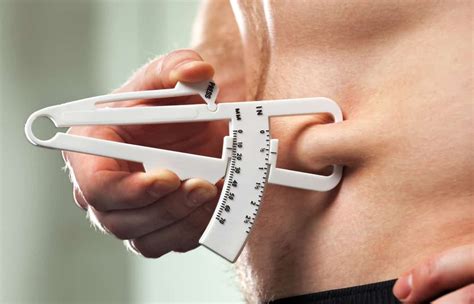Intro
Learn how to measure body fat accurately with methods like calipers, hydrostatic weighing, and bioelectrical impedance, to track weight loss and fitness progress, improving overall health and body composition.
Measuring body fat is an essential aspect of health and fitness, as excessive body fat can lead to various health issues, including obesity, diabetes, and heart disease. Accurate body fat measurement helps individuals track their progress, set realistic goals, and make informed decisions about their diet and exercise routine. In this article, we will delve into the importance of measuring body fat, discuss various methods of measurement, and provide tips on how to do it effectively.
Measuring body fat is crucial for several reasons. Firstly, it helps individuals understand their body composition, which is the percentage of body fat compared to lean body mass. This information is vital for athletes, as it affects their performance and overall health. Secondly, measuring body fat helps individuals monitor their progress and adjust their diet and exercise routine accordingly. Finally, accurate body fat measurement is essential for health professionals, as it enables them to diagnose and treat various health conditions related to obesity.
There are several methods to measure body fat, each with its own advantages and limitations. The most common methods include skinfold measurements, bioelectrical impedance analysis (BIA), hydrostatic weighing, and dual-energy X-ray absorptiometry (DXA). Skinfold measurements involve pinching the skin at specific points to measure the thickness of the subcutaneous fat layer. BIA, on the other hand, uses a small electrical current to measure the resistance of the body to the current, which is affected by the amount of body fat. Hydrostatic weighing, also known as underwater weighing, measures the weight of the body underwater, which is then used to calculate body density and body fat percentage. DXA, also known as a bone density scan, uses X-rays to measure bone density and body composition.
Methods of Measuring Body Fat

Skincare Measurements
Skincare measurements are a popular method of measuring body fat, as they are relatively inexpensive and easy to perform. This method involves pinching the skin at specific points, usually on the arms, legs, and abdomen, to measure the thickness of the subcutaneous fat layer. The measurements are then used to estimate body fat percentage using a formula. However, skincare measurements have some limitations, as they only measure subcutaneous fat and do not account for visceral fat, which is the fat that surrounds the organs.Bioelectrical Impedance Analysis (BIA)
BIA is a non-invasive method of measuring body fat that uses a small electrical current to measure the resistance of the body to the current. The current is passed through the body, and the resistance is measured, which is then used to estimate body fat percentage. BIA is a relatively quick and easy method, but it has some limitations, as it can be affected by factors such as hydration levels and body temperature.Importance of Measuring Body Fat

Benefits of Measuring Body Fat
Measuring body fat has several benefits, including: * Improved health and fitness * Enhanced athletic performance * Better disease prevention and management * Increased motivation and accountability * More accurate nutrition and training planningLimitations of Measuring Body Fat
While measuring body fat is essential, there are some limitations to consider. Firstly, some methods, such as skincare measurements, only measure subcutaneous fat and do not account for visceral fat. Secondly, some methods, such as BIA, can be affected by factors such as hydration levels and body temperature. Finally, measuring body fat can be time-consuming and expensive, especially if using methods such as hydrostatic weighing or DXA.How to Measure Body Fat

Preparation for Measuring Body Fat
Before measuring body fat, it is essential to prepare properly. This includes: * Avoiding food and drink for at least 2 hours before measurement * Avoiding exercise for at least 24 hours before measurement * Removing any jewelry or clothing that may interfere with the measurement * Ensuring proper hydration and body temperatureInterpreting Body Fat Measurements
Interpreting body fat measurements requires understanding the different categories of body fat percentage. These categories include: * Athlete: 6-13% body fat * Fitness: 14-17% body fat * Average: 18-24% body fat * Obese: 25% or higher body fatCommon Mistakes When Measuring Body Fat

Overcoming Challenges When Measuring Body Fat
Measuring body fat can be challenging, especially for individuals who are new to fitness or have limited experience with body fat measurement. To overcome these challenges, it is essential to: * Use a combination of methods to get an accurate measurement * Take measurements regularly to track progress * Seek guidance from a qualified professional, especially if using methods such as skincare measurements or hydrostatic weighingConclusion and Next Steps

What is the most accurate method of measuring body fat?
+The most accurate method of measuring body fat is hydrostatic weighing, as it provides a direct measurement of body density and body fat percentage.
How often should I measure my body fat?
+It is recommended to measure body fat regularly, ideally once a month, to track progress and make adjustments to diet and exercise routine.
What is the normal range for body fat percentage?
+The normal range for body fat percentage varies depending on age, sex, and athletic status, but generally ranges from 14-24% for men and 16-30% for women.
